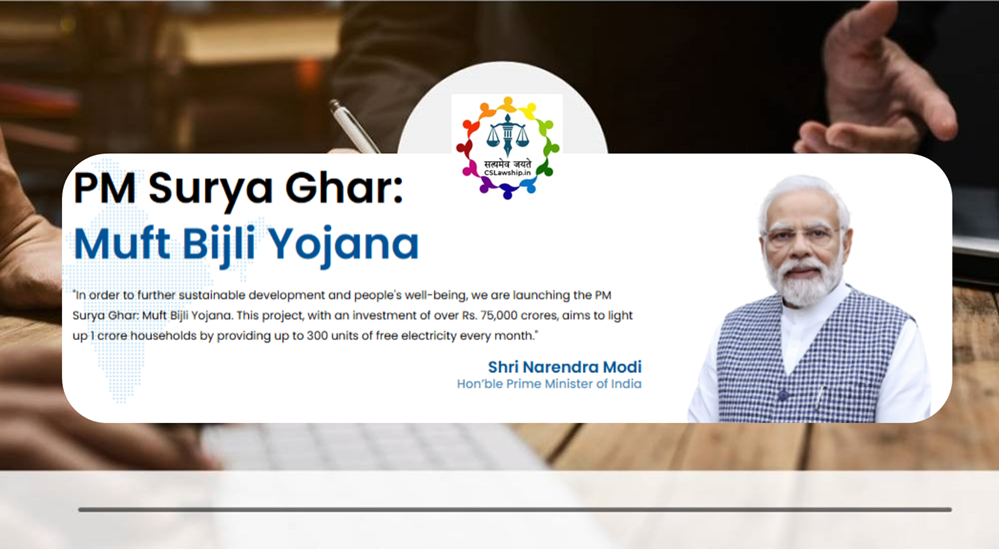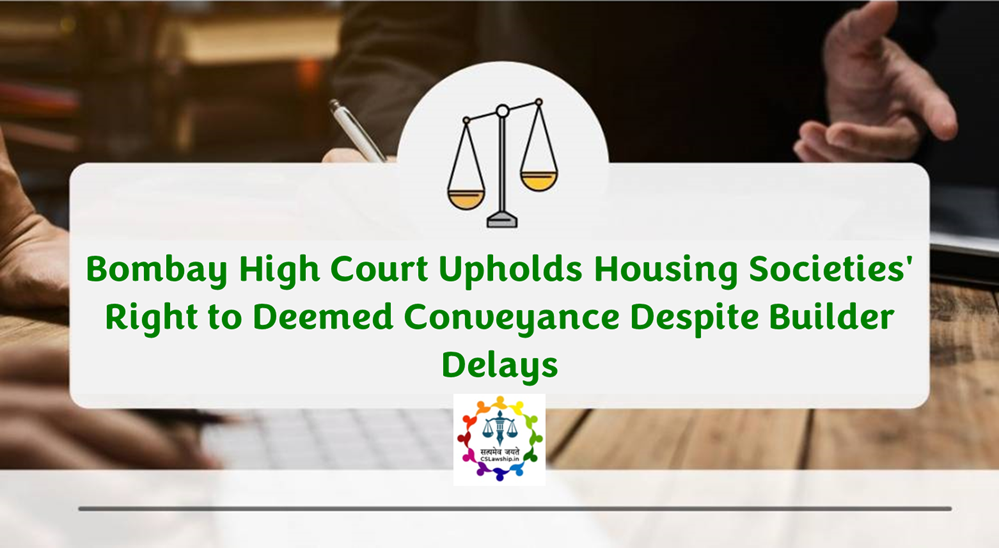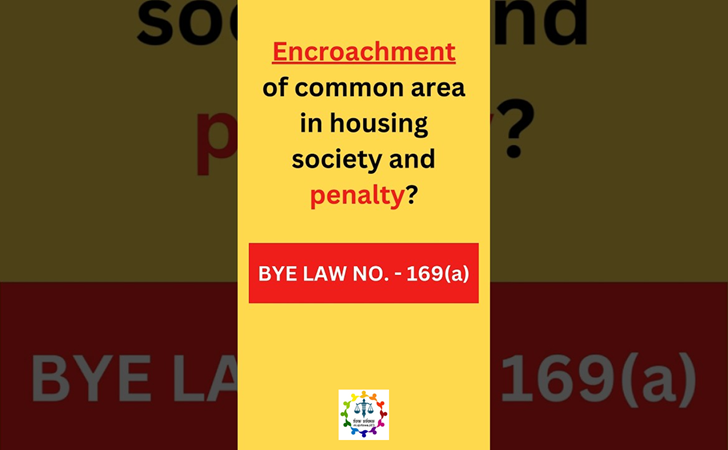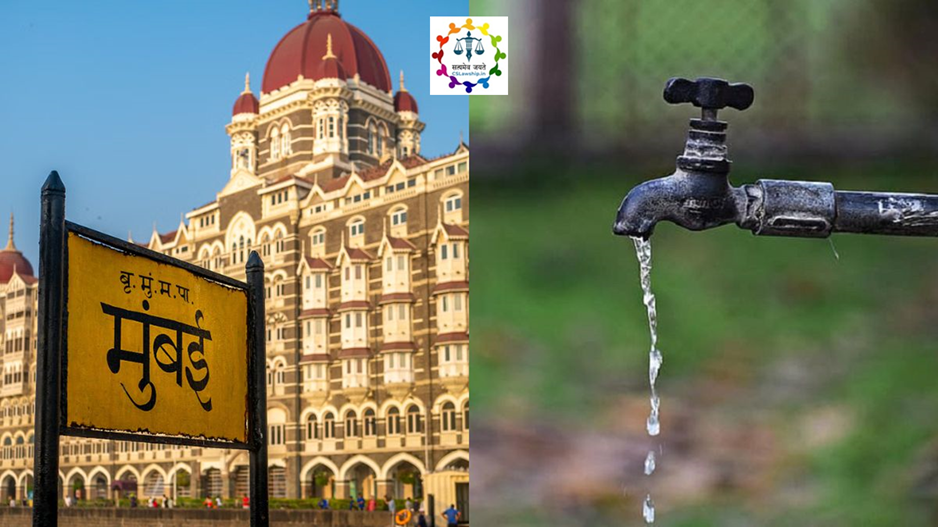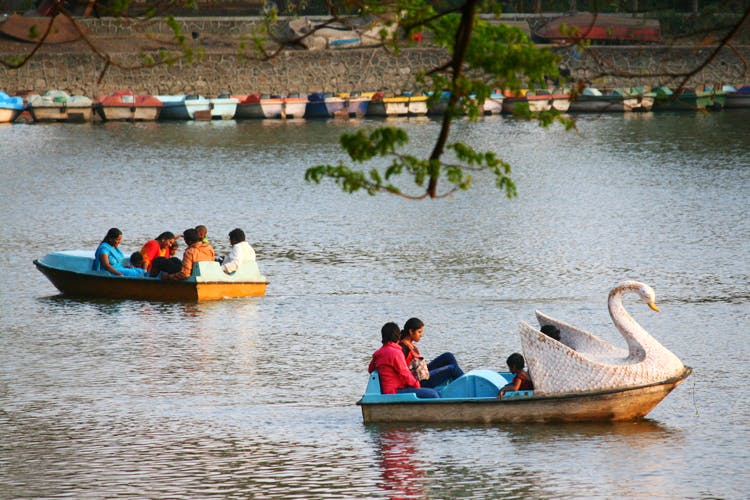As part of India's push toward sustainable energy, cooperative housing societies are increasingly adopting solar power systems under various government initiatives. This shift is aimed at reducing electricity costs, enhancing energy efficiency, and promoting eco-friendly living.
Government-Approved Per Kilowatt Rates
The Government of India has approved specific per kilowatt (kW) rates for solar power installations under various subsidy programs. The cost of installation varies based on system size and components used, but subsidies significantly reduce the financial burden on housing societies.
The Ministry of New and Renewable Energy (MNRE) has established benchmark costs for the installation of on grid-connected solar photovoltaic systems, which serve as a reference for pricing and subsidy calculations. For systems ranging from above 5 kW to 50 kW, the benchmark costs are as follows:
- Above 1 kW to 10 kW: ₹54,000 per kW
- Above 10 kW to 100 kW: ₹48,000 per kW
- Above 100 kW to 500 kW: ₹45,000 per kW
These figures indicate that for installations between 10 kW and 50 kW, the approved benchmark cost is ₹48,000 per kW.
It's important to note that actual installation costs can vary based on factors such as the quality of components used, design considerations, and site-specific requirements.
For precise and up-to-date information, it's recommended to consult with authorized solar energy providers or refer to official MNRE communications.
Calculating kW Requirement for Housing Societies
To determine the appropriate kW (kilovolt-ampere) requirement for a housing society, two main factors are considered:
- Pump System Electricity: The power needed for water pumps should be assessed based on the total horsepower (HP) of the pumps and their daily operating hours.
- Common Area Electricity: Includes lighting, elevators, security systems, and other utilities.
If the society has two separate electricity meters—one for common utilities and another for the pump system—installing two separate solar setups is preferable to optimize power usage and subsidies.
Power Generation Efficiency by Season
Solar power generation varies by season due to differences in sunlight availability:
- Summer: Maximum efficiency (100%) due to long daylight hours. The extra power generated during this season is credited to the society’s account under the net metering system.
- Winter: Moderate efficiency (70-80%) due to shorter days and lower sunlight intensity. Excess credits from summer can be utilized to offset electricity usage.
- Rainy Season: Minimum efficiency (40-60%) due to cloud cover and rainfall. Any additional units required beyond the credited amount are billed separately by the electricity provider.
Cleaning and Maintenance of Solar Panels
Regular maintenance is crucial for optimal performance. Dust, bird droppings, and pollution can reduce efficiency. Cleaning should be done:
- Every 15 days in dry, dusty conditions.
- Once a month in normal conditions.
- More frequently in monsoons to remove accumulated dirt and moisture.
Annual Electricity Bill Savings
A well-installed solar power system can save up to 70-80% of the total electricity bill for a housing society, depending on the system size and energy consumption patterns. Excess power can be sold back to the grid, further reducing costs.
Understanding Net Metering and Its Working
Net metering allows housing societies to export excess electricity generated by the solar system back to the grid. The exported units are deducted from the imported electricity, effectively reducing the net electricity bill. The key benefits include:
- Reduction in electricity costs.
- Monetization of excess power.
- Grid support and improved power stability.
Benefits to Housing Societies and Their Members
- Lower Electricity Bills: Direct reduction in monthly expenses.
- Eco-Friendly Living: Reduced carbon footprint.
- Increased Property Value: Solar-equipped buildings have higher resale value.
- Independence from Grid Fluctuations: Reduced dependency on traditional power sources.
Life and Warranty of Solar Panels
- Life Expectancy: 25-30 years.
- Warranty: Most manufacturers offer a 10–25-year performance warranty.
Government Subsidy for Solar Power System Installation
The Government of India provides subsidies under various schemes for residential and cooperative housing societies. For rooftop solar systems under the PM Surya Ghar Yojana, the government provides subsidies ₹18,000 per kW. Subsidies can cover 20-40% of the installation cost per kW, depending on system size and location. Housing societies should check with local authorities and DISCOMS (Distribution Companies) for updated subsidy schemes.
Modes of Purchase for Solar Power System
Housing societies can adopt solar power systems through different financial models based on their investment capabilities and preferences:
1. Capex Model
- Premium design & swift installation.
- Maximum benefits of solar energy.
- ROI period: Typically, 3 years.
- Live monitoring & Annual Maintenance Contract (AMC) included.
2. Opex Model
- Solar plant at Zero Upfront Investment.
- Agreement options of 5/10/15 years.
- Solar savings from Day 1.
- Free plant ownership at the end of the agreement.
3. EMI Model
- Solar financing for up to 4 years.
- 30% down payment.
- EMIs lower than electricity bills.
- Quick approval and disbursement process.
Installing a solar power system in a cooperative housing society is a smart and sustainable investment. With government subsidies, reduced electricity bills, and a positive environmental impact, societies can take full advantage of solar energy solutions to create a greener and more cost-effective living environment.
Solar Power System Installation in Cooperative Housing Societies Under Government Initiative
Share This Blog
Spread the word! Share our blog on your favorite platform or send it to your friends.

